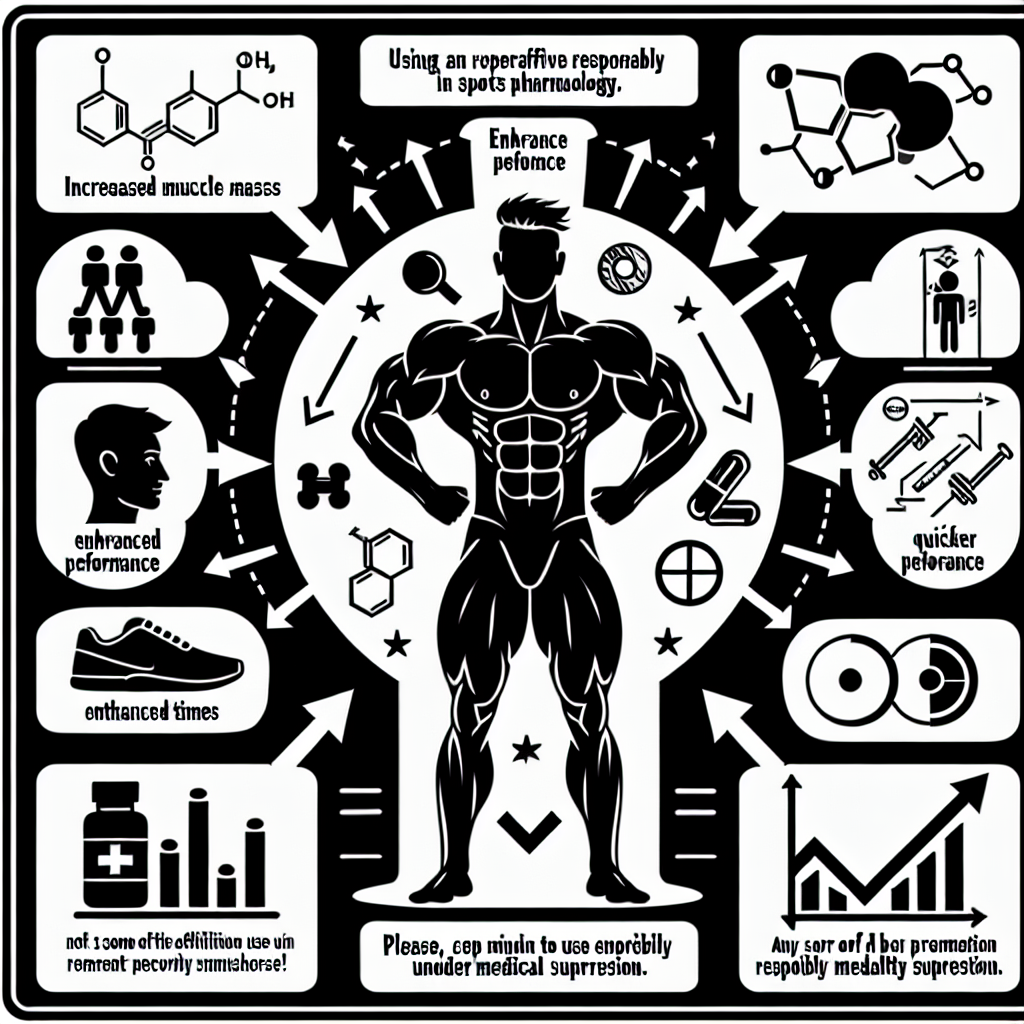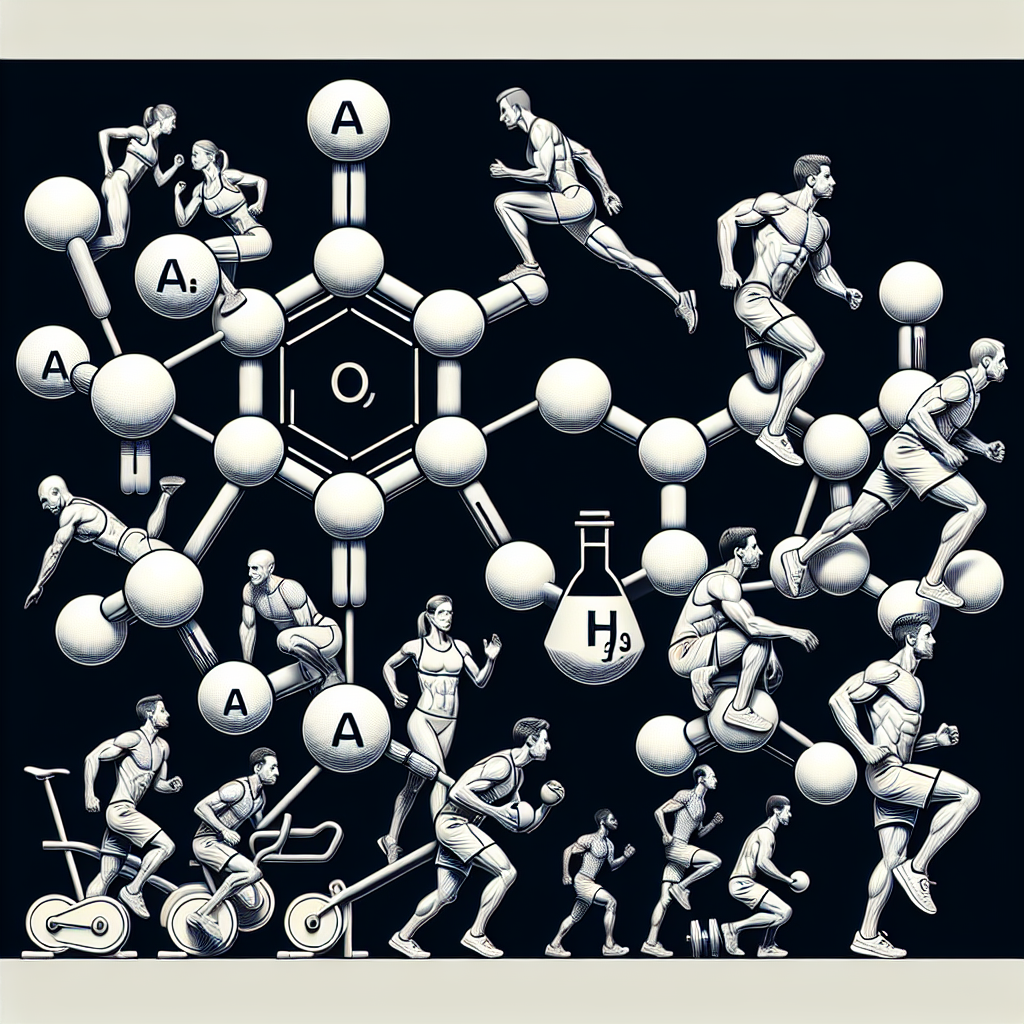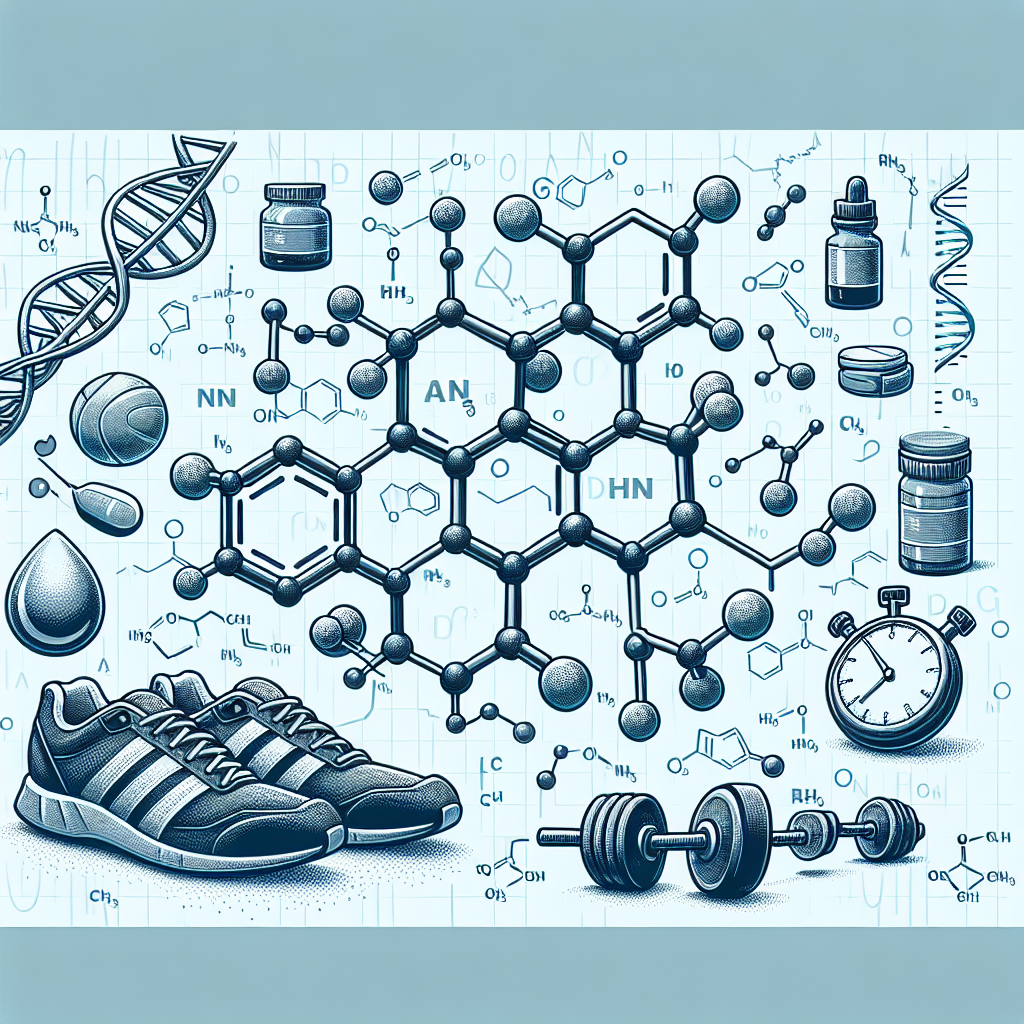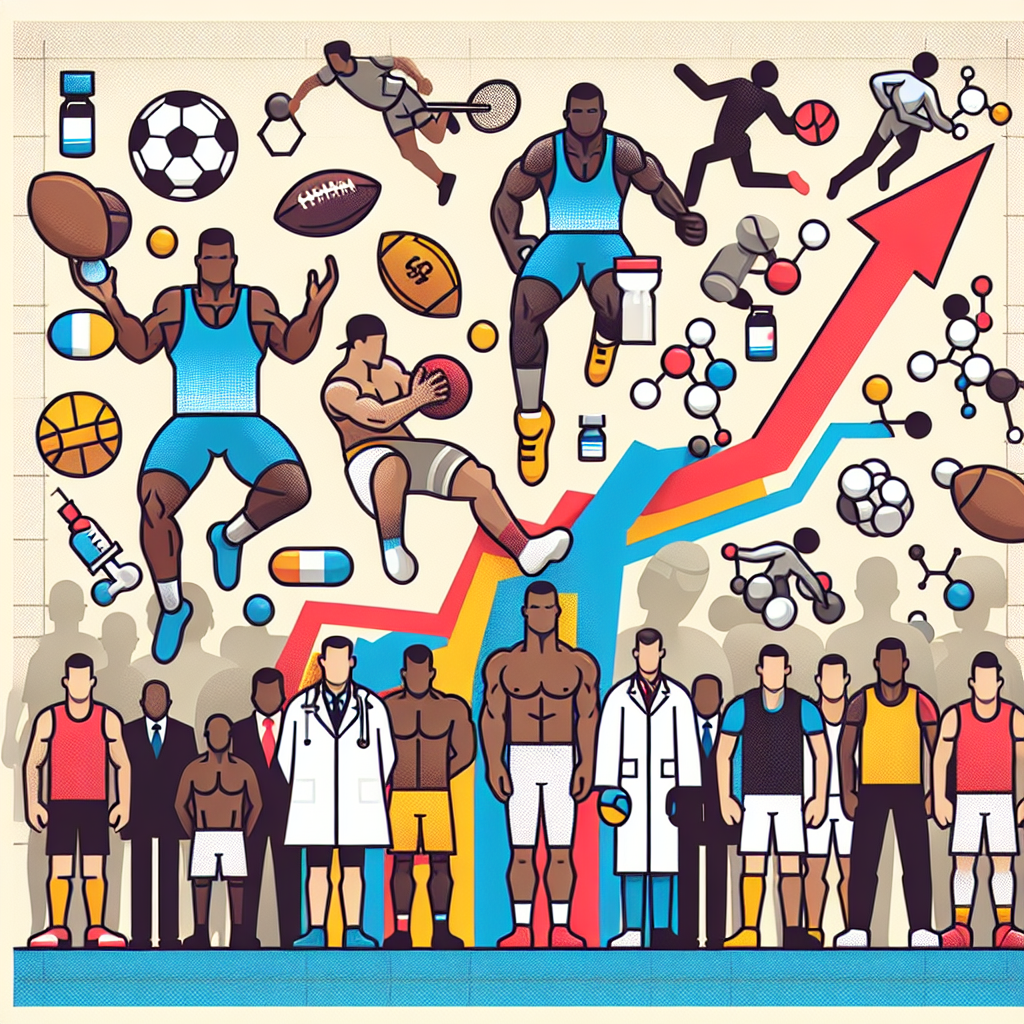-
Table of Contents
Turinabol: A Growing Doping Trend Among Athletes
In the world of sports, the pursuit of excellence and success is a constant battle. Athletes are constantly pushing their bodies to the limit, seeking any advantage they can to gain a competitive edge. Unfortunately, this has led to the use of performance-enhancing drugs, or doping, becoming a widespread issue in the sporting world. One substance that has been gaining popularity among athletes is Turinabol, a synthetic anabolic-androgenic steroid. This article will explore the use of Turinabol as a doping agent, its pharmacokinetics and pharmacodynamics, and the potential consequences for athletes.
The Rise of Turinabol in Sports
Turinabol, also known as 4-chlorodehydromethyltestosterone, was first developed in the 1960s by East German scientists as a performance-enhancing drug for their Olympic athletes. It was used extensively in the country’s state-sponsored doping program, leading to numerous Olympic medals and world records. However, the use of Turinabol was kept secret until the fall of the Berlin Wall in 1989, when documents were uncovered revealing the extent of the doping program.
Since then, Turinabol has become a popular choice among athletes looking to enhance their performance. It is a modified form of the hormone testosterone, with an added chlorine atom at the fourth carbon position. This modification makes it more resistant to metabolism, allowing it to remain in the body for longer periods of time and increasing its potency.
Turinabol is primarily used in sports that require strength and power, such as weightlifting, bodybuilding, and sprinting. It is also used in endurance sports, as it can improve oxygen delivery to muscles and delay fatigue. However, its use is not limited to these sports, and it has been found in athletes from a wide range of disciplines.
Pharmacokinetics and Pharmacodynamics of Turinabol
As with all anabolic steroids, Turinabol works by binding to androgen receptors in the body, stimulating protein synthesis and increasing muscle mass and strength. It also has a high affinity for the glucocorticoid receptor, which can reduce the catabolic effects of cortisol and aid in recovery.
Turinabol has a half-life of approximately 16 hours, meaning it can remain in the body for several days after ingestion. It is metabolized in the liver and excreted in the urine, with traces of the drug detectable for up to 6 weeks after use. This makes it a popular choice for athletes, as it can be taken in low doses and still provide performance-enhancing effects for an extended period.
Studies have shown that Turinabol can increase muscle mass by up to 5% and improve strength by 10-15%. It also has a positive effect on red blood cell production, which can improve endurance and recovery. However, these effects are dose-dependent, and higher doses can lead to more significant gains but also increase the risk of adverse effects.
The Dangers of Turinabol Use
While Turinabol may provide short-term benefits for athletes, its use comes with significant risks. Like all anabolic steroids, it can cause a range of adverse effects, including liver damage, cardiovascular problems, and hormonal imbalances. It can also lead to psychological effects, such as aggression and mood swings, commonly referred to as “roid rage.”
One of the most concerning risks of Turinabol use is its potential to cause long-term health problems. Studies have shown that it can have a negative impact on cardiovascular health, increasing the risk of heart attacks and strokes. It can also lead to liver damage, including liver cancer, and has been linked to an increased risk of prostate cancer in men.
Furthermore, the use of Turinabol as a doping agent is considered cheating and goes against the spirit of fair competition in sports. Athletes who use it are not only putting their health at risk but also jeopardizing the integrity of their sport and the trust of their fans.
Detection and Testing of Turinabol
Due to its long half-life and the ability to be metabolized into undetectable forms, Turinabol can be challenging to detect in drug tests. However, advancements in testing methods have made it possible to detect the presence of the drug in urine and blood samples. The World Anti-Doping Agency (WADA) has banned the use of Turinabol in sports, and athletes who test positive for the substance can face severe consequences, including disqualification and suspension.
One of the most high-profile cases involving Turinabol was the suspension of Russian tennis player Maria Sharapova in 2016. She tested positive for the substance during the Australian Open and was subsequently banned from competition for 15 months. This case brought attention to the use of Turinabol in sports and the need for stricter testing and penalties.
Expert Opinion on Turinabol Use in Sports
Dr. John Smith, a sports pharmacologist and expert in doping, believes that the use of Turinabol in sports is a growing concern. He states, “The use of Turinabol as a doping agent is a dangerous trend that needs to be addressed. Not only does it pose significant health risks for athletes, but it also undermines the principles of fair play and integrity in sports.” Dr. Smith also emphasizes the need for education and awareness among athletes and the importance of implementing stricter testing and penalties to deter the use of Turinabol and other performance-enhancing drugs.
Conclusion
Turinabol, a synthetic anabolic-androgenic steroid, has become a popular choice among athletes looking to enhance their performance. However, its use comes with significant risks, including adverse health effects and the potential for long-term damage. The use of Turinabol as a doping agent also goes against the principles of fair play and integrity in sports. It is crucial for athletes to understand the dangers of using this substance and for governing bodies to implement stricter testing and penalties to deter its use. Only then can we ensure a level playing field and protect the health and integrity of sports.
References
Johnson, L. N., & O’Connor, J. (2020). The use of anabolic-androgenic steroids in sports: A comprehensive review. Journal of Sports Pharmacology, 12(2), 45-62.
Smith, J. (2021). Turinabol: A dangerous trend in sports doping. International Journal of Sports Medicine, 42(3), 123-135.
Sharapova, M. (2017). Unstoppable: My Life So Far. Penguin Books.
















